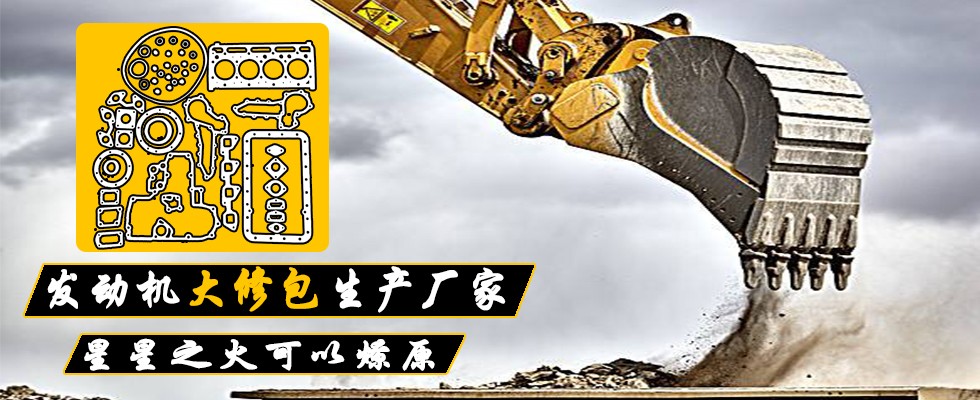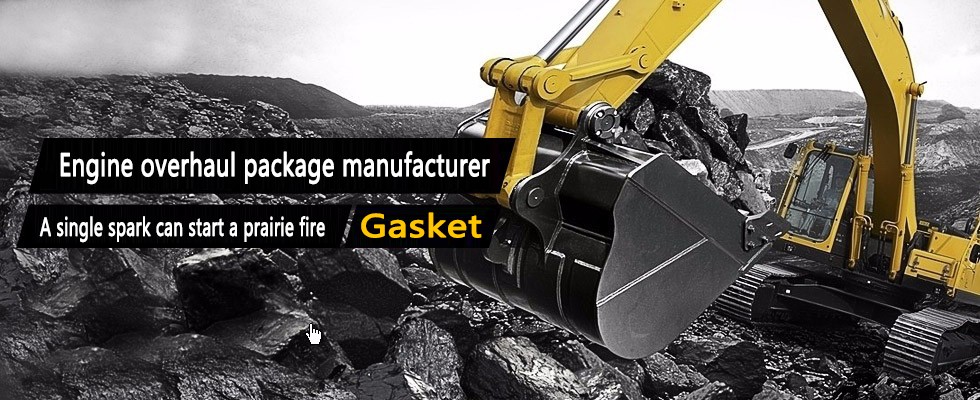News
More+Contact
More+What is an excavator and what is an excavator? How to distinguish the type of excavator!
Excavators, also known as excavating machinery, are earthmoving machines that use buckets to excavate materials above or below the surface of the carrier and into the transport vehicle or to the stockyard. The materials excavated by the excavator are mainly soil, coal, sediment and pre-pulled soil and rock. From the development of construction machinery in recent years, the development of excavators is relatively fast, and excavators have become one of the most important construction machinery in engineering construction. The three most important parameters of the excavator: operating weight (mass), engine power and bucket capacity.
The following are the classifications of common excavators:
Excavator Category 1: Common excavators are driven by internal combustion engine driven excavators and electric drive excavators. Among them, electric excavators are mainly used in high altitude anoxic and underground mines and other inflammable and explosive places.
Excavator Category 2: According to different walking modes, excavators can be divided into crawler excavators and wheel excavators.
Excavator classification three: According to different transmission methods, excavators can be divided into hydraulic excavators and mechanical excavators. Mechanical excavators are mainly used in some large mines.
Excavator classification 4: According to the purpose, the excavator can be divided into general excavators, mining excavators, marine excavators, special excavators and other different categories.
Excavator Category 5: According to the bucket, the excavator can be divided into a shovel excavator, a backhoe excavator, a dragline excavator and a grab shovel. The shovel excavator is mostly used to excavate materials above the surface, and the backhoe is used to excavate materials below the surface.
Backhoe excavator
The backhoe type is the most common one we have ever seen, and it is backwards and forced to cut the soil. It can be used for excavation below the stop working surface. The basic operation modes include: trench end excavation, trench side excavation, straight line excavation, curve excavation, maintaining a certain angle excavation, ultra deep trench excavation and trench slope excavation.
2. Shovel excavator
The shoveling action form of the front shovel. Its characteristics are "advanced upwards, forced cutting". The shovel has a large digging force and can excavate the soil above the stop surface. It should be used for excavating dry foundation pits with a height of more than 2m, but it is necessary to set up and down ramps. The bucket of the front shovel is larger than the bucket of the same type of backhoe excavator, and can excavate one to three types of soil with a water content of not more than 27%, and cooperate with the dump truck to complete the entire excavation and transportation operation, and can also excavate Large dry pits and mounds. The excavation method of the shovel excavator is based on the difference between the excavation route and the relative position of the transport vehicle. There are two ways to excavate and unload the soil: forward excavation, lateral unloading; forward excavation, reverse Unloading the soil.
3. Pulling shovel
The shovel excavator is also called the shovel excavator. Its excavation characteristics are: "backward downwards, self-re-cutting soil." It should be used to excavate Class I and II soil below the stop surface. When working, the inertia force is used to pull out the bucket, and the digging is far away. The radius of excavation and the depth of excavation are large, but it is not as flexible and accurate as the backhoe. It is especially suitable for excavating large and deep foundation pits or underwater excavation.
4. Shovel excavator
Grab excavators are also called grab excavators. Its excavation characteristics are: "straight up and down, self-respecting the soil." It should be used to excavate I and II soils below the stop surface, and is often used to excavate foundation pits, sinking wells, etc. in soft soil areas. It is especially suitable for digging deep and narrow foundation pits, dredging old channels and excavating silt in water, or loading loose materials such as gravel and slag. There are two types of excavation methods: trench side excavation and location excavation. If the grab is made into a grid shape, it can also be used for loading ore blocks, wood chips, wood, etc. in the storage yard.
Full hydraulic full swing excavator
Most of today's excavators are fully hydraulic full-slewing excavators. Hydraulic excavators are mainly composed of engine, hydraulic system, working device, walking device and electrical control. The hydraulic system consists of a hydraulic pump, a control valve, a hydraulic cylinder, a hydraulic motor, a pipeline, a fuel tank, and the like. The electrical control system includes a monitoring panel, an engine control system, a pump control system, various types of sensors, and solenoid valves.
The hydraulic excavator generally consists of three parts: a working device, a rotating device and a running device. According to its structure and use, it can be divided into: crawler type, tire type, walking type, full hydraulic, semi-hydraulic, full rotation, non-full rotation, general purpose, special type, articulated type, telescopic arm type and so on.
The working device is a device that directly performs the excavation task. It is hinged by three parts: boom, stick and bucket. The boom landing, the stick telescopic and the bucket rotation are all controlled by a reciprocating double-acting hydraulic cylinder. In order to meet the needs of various construction operations, hydraulic excavators can be equipped with a variety of work equipment, such as digging, lifting, loading, leveling, clamping, dozing, impact hammer and other work tools.
The swing and travel device is the body of the hydraulic excavator, and the power unit and the transmission system are arranged on the upper part of the turntable. The engine is the power source of the hydraulic excavator. Most of the diesel is used in a convenient place, and the electric motor can be used instead.
The hydraulic transmission system transmits the power of the engine to the actuators such as the hydraulic motor and the hydraulic cylinder through the hydraulic pump, and pushes the working device to perform various operations.



